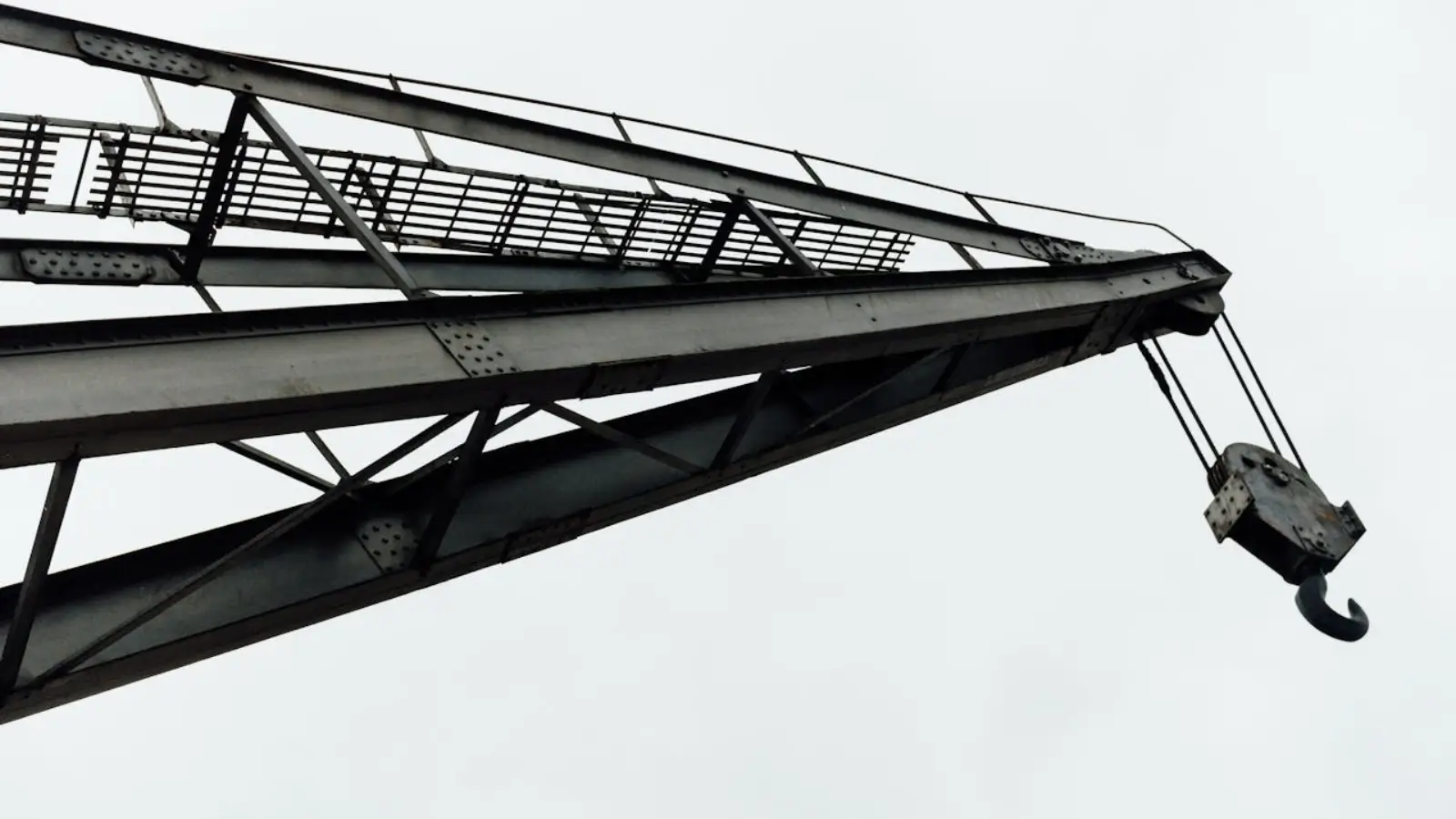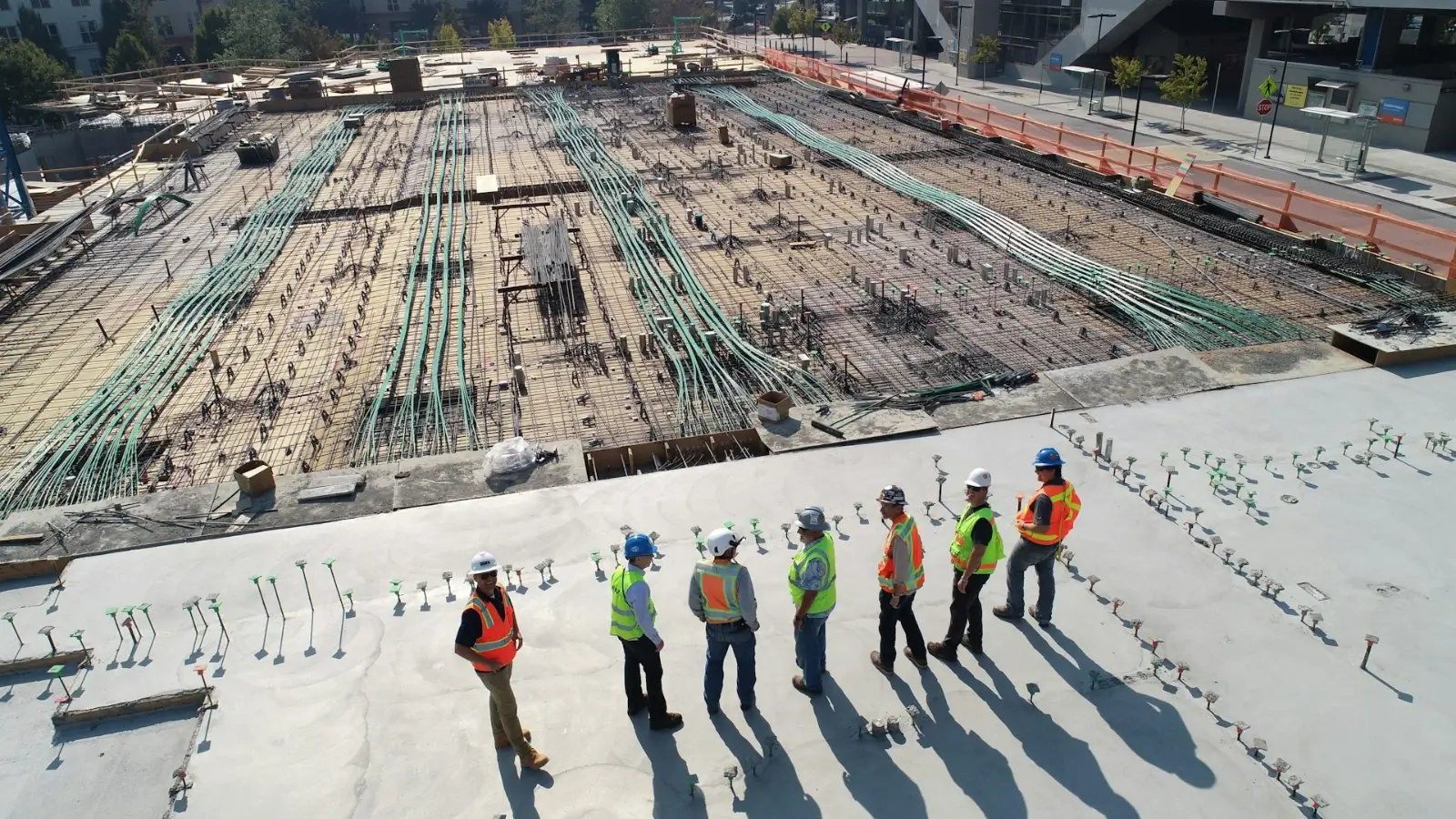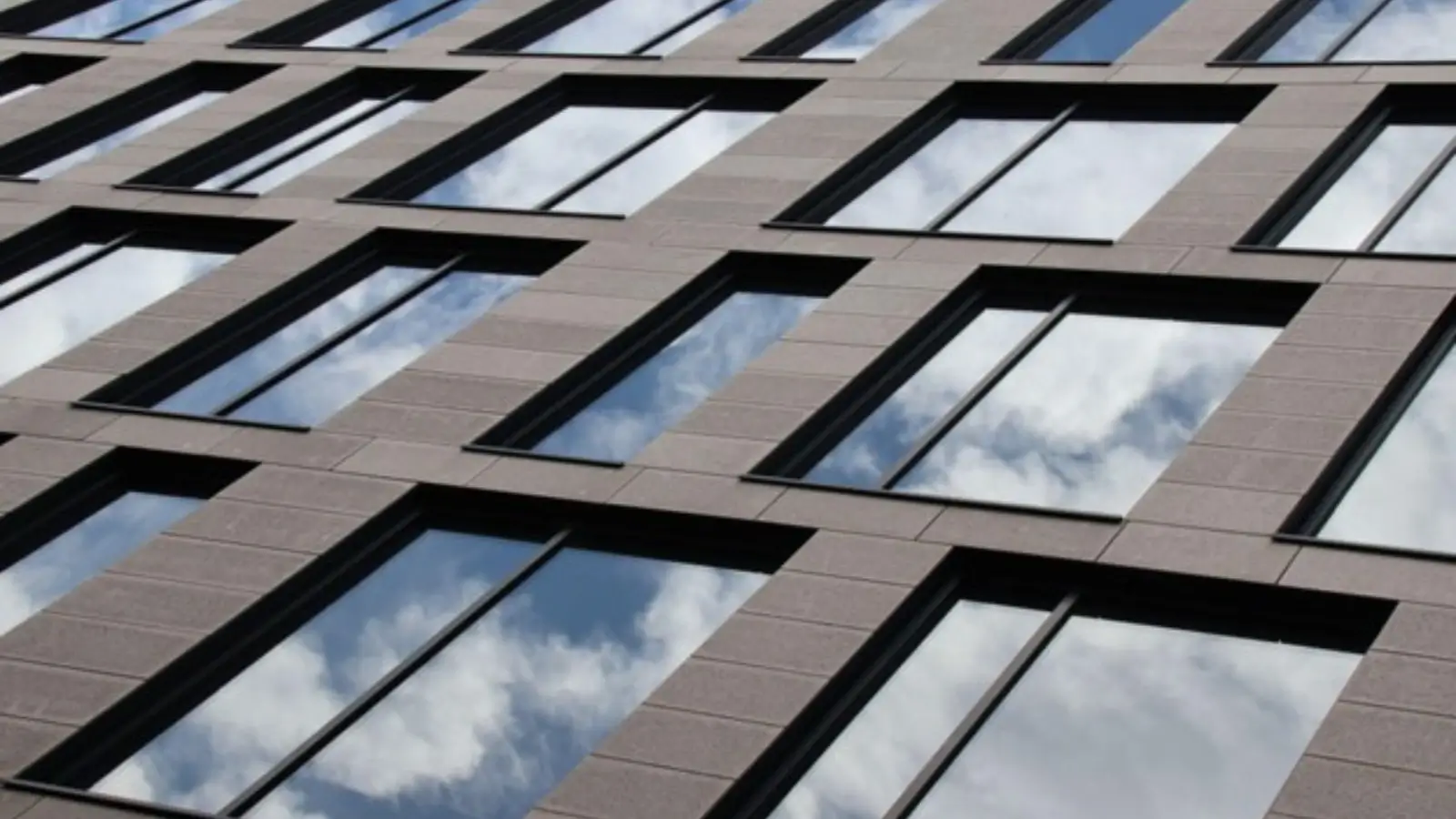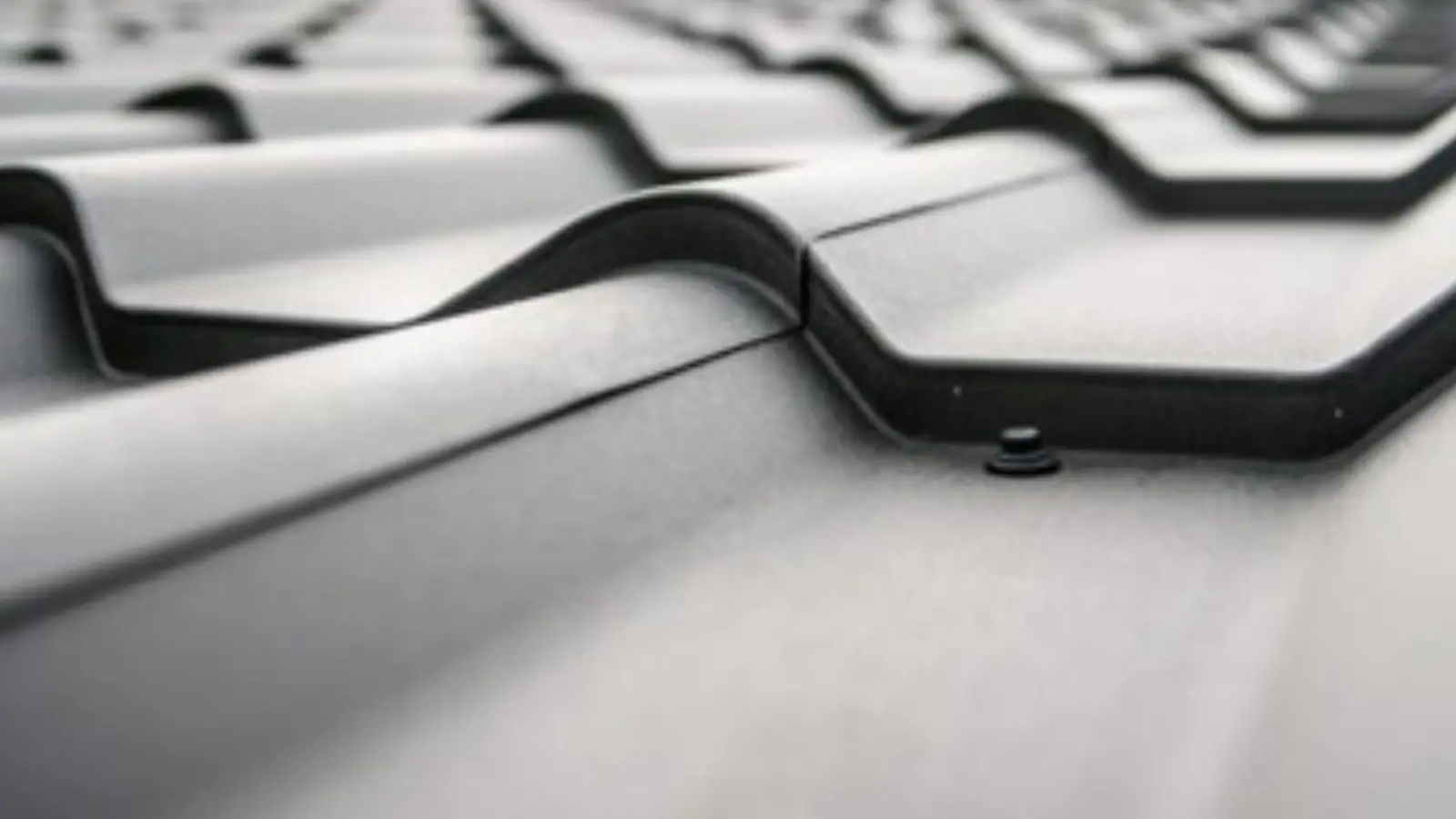Introduction
When selecting a roof for a new build or planning a roof replacement, most homeowners focus on durability, material, and cost. What often gets overlooked is the color—yet this seemingly cosmetic detail plays a significant role in your home's energy efficiency, indoor comfort, and even the lifespan of your roof.
Ridge Runner Roofing often advises homeowners to consider roof color as part of a larger system of performance-based decision-making. The right shade can reduce cooling loads in summer, minimize temperature fluctuations in attic spaces, and lower long-term utility bills.
Beyond aesthetics, roof color impacts heat absorption, UV resistance, and how quickly a roof weathers over time. In this article, we explore how different roof colors influence performance and how to choose a color that works for your climate, architecture, and energy goals.
Roof Color and Heat Absorption
How Color Affects Surface Temperature
The science is simple: dark colors absorb more heat, while lighter colors reflect it. When applied to roofing, this can translate to significant differences in surface temperature. A dark gray or black roof can reach up to 150–190°F on a hot summer day, while a white or light-colored roof may stay 50 degrees cooler.
This difference in surface temperature doesn't just affect the roof itself—it also influences how much heat transfers into the attic and, eventually, your living space. For homes in warmer regions, a lighter roof can reduce cooling costs by 10 to 20 percent during peak summer months.
The Role of Reflectivity and Solar Emissivity
Reflectivity (or solar reflectance) measures how much sunlight a roof bounces back rather than absorbing. Emissivity refers to how effectively a material releases heat. High-reflectivity, high-emissivity roofing materials—often in lighter shades—help roofs stay cooler and reduce heat transfer into the home.
Many modern roofing products come with energy ratings that combine these two values. Homeowners planning a roof replacement should ask contractors about Energy Star-rated options, which often qualify for energy rebates and deliver long-term efficiency gains.
Climate Considerations: Hot vs. Cold Regions
Choosing the Right Color for Warm Climates
In southern or sun-intensive climates, light-colored roofing is typically the most energy-efficient option. White, beige, light gray, and pale terra cotta roofs reflect sunlight and minimize heat absorption. This reduces air conditioning demand and helps prevent heat buildup in attic spaces.
A cooler roof also tends to age more slowly, since high surface temperatures accelerate shingle deterioration and material expansion. Homeowners in warm regions benefit from reduced wear and fewer roof replacement cycles over time.
When Dark Roofs Make Sense
In cooler climates, dark-colored roofs can work to your advantage by absorbing sunlight and helping to melt snow and ice faster. This can reduce the risk of ice dams and promote better drainage during freeze-thaw cycles.
That said, dark roofs still require proper attic insulation and ventilation to prevent heat buildup in the warmer months. Ridge Runner Roofing reminds homeowners that a well-insulated attic remains critical regardless of roof color, especially in regions that experience all four seasons.
Roof Material and Color Combinations
Popular Material-Color Pairings
Not all roofing materials offer the same range of color choices. Asphalt shingles are the most versatile, available in everything from bright whites to charcoal blacks and blended tones. Metal roofs often come in factory-applied, UV-resistant coatings in both matte and reflective finishes.
Clay and concrete tiles are naturally suited to earthy tones, while slate is typically darker by default. If you're planning a roof replacement and want to prioritize energy performance, it's important to match the right material with the most appropriate color option for your region.
Roofing Style, Architecture, and Curb Appeal
While performance matters, appearance still plays a key role in resale value and personal satisfaction. Roof color should complement your home’s architecture and exterior features. Light gray may work beautifully with coastal designs, while deep brown or slate can suit traditional or rustic homes.
Blended or variegated shingles provide the best of both worlds—some dark granules for dimension, combined with lighter tones for reflectivity. Consult with a roofing professional to explore swatches and samples in natural daylight before making a final decision.
The Impact of Roof Color on Longevity
UV Resistance and Color Fade
Over time, all roofs fade, but darker colors tend to show wear more quickly due to UV exposure. This doesn't just affect appearance—it can also signal deterioration of the roof’s protective surface. Light-colored roofs, especially those with reflective coatings, are less prone to UV damage and may last longer with fewer repairs.
Additionally, heat-absorbing roofs experience greater thermal expansion and contraction, which can lead to faster degradation of seams, shingles, and flashing. Homeowners planning a long-term investment should factor in how roof color will influence both maintenance frequency and overall replacement timing.
Moisture, Mold, and Maintenance
Cooler roofs may have a side benefit—less humidity buildup in the attic and lower risk of mold growth. Proper ventilation still plays a key role, but a cooler attic overall helps regulate moisture levels more effectively. Meanwhile, some dark roofs, especially in humid climates, may be more prone to algae streaking unless treated with special coatings or copper additives.
During any roof replacement, ensure that underlayment materials and ventilation strategies are aligned with your chosen roof color to prevent long-term issues related to trapped heat or moisture.
Roofing Color and Energy Codes
Local Regulations and Energy Incentives
In some cities and counties, roofing color is no longer just a matter of preference—it’s regulated. "Cool roof" codes are increasingly common in states like California, where energy efficiency mandates require new roofs or replacements to meet minimum reflectivity standards.
Some utility companies even offer rebates or incentives for choosing energy-efficient roofing systems. Before finalizing your next roof replacement, check local codes and rebate programs to see how your roof color decision may impact compliance and cost savings.
Conclusion
Roof color is more than just a design choice—it’s a long-term performance factor that affects everything from monthly energy bills to the frequency of roof repair and replacement. By selecting the right color for your climate and material, you can reduce heat stress, improve indoor comfort, and extend the life of your roofing system.
Ridge Runner Roofing works with homeowners to ensure every roofing decision, including color, is made with both function and aesthetics in mind. With thoughtful planning, your next roof can offer beauty, durability, and energy-smart performance.
Whether you’re building new or preparing for a roof replacement, consider how the right roof color can improve your home from the top down. A few degrees of difference on your roof can mean years of difference in comfort and savings.
















